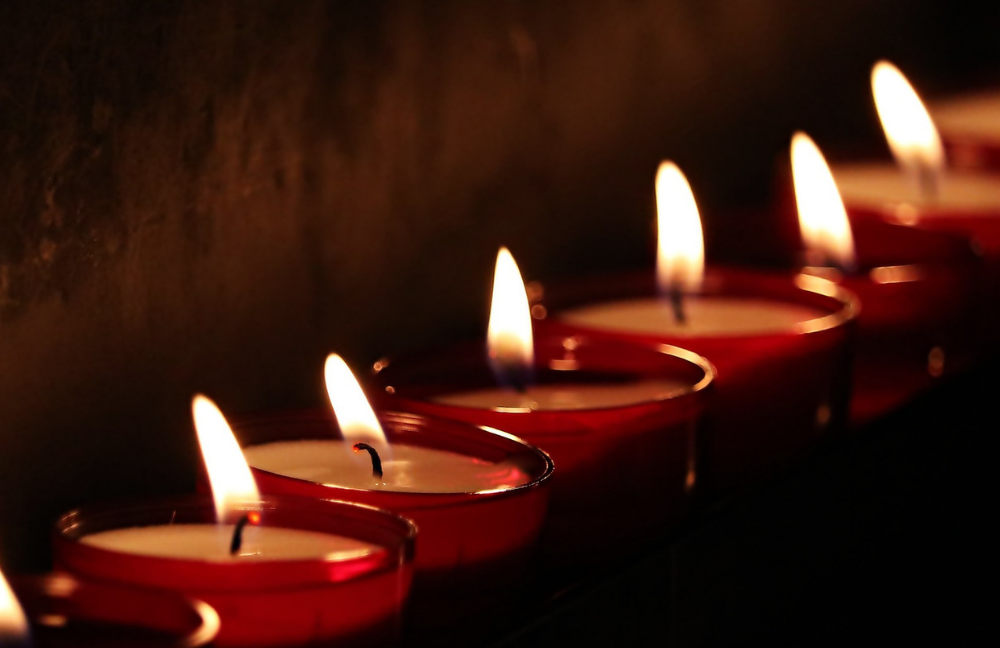A guide to the 6 seasons of the Hindu calendar

According to the lunisolar Hindu calendar, there are six seasons or rituals in a year. Since Vedic times, Hindus throughout India and South Asia have used this calendar to structure their lives during the seasons of the year. The faithful still use it today for important Hindu holidays and religious occasions.
Each season lasts two months and during all celebrations and special events take place. According to the Hindu scriptures, the six seasons are:
Vasant Ritu: spring
Grishma Ritu: summer
Varsha Ritu: monsoon
Sharad Ritu: autumn
Hemant Ritu: pre-winter
Shishir or Shita Ritu: winter
While the climate of northern India mainly conforms to these marked seasonal changes, the changes are less noticeable in southern India, which is located near the equator.
Vasanta Ritu: spring
Spring, called Vasant Ritu, is considered the king of the seasons due to its mild and pleasant climate in much of India. In 2019, Vasant Ritu started on February 18 and ended on April 20.
The Hindu months of Chaitra and Baisakh fall during this season. It is also the time for some important Hindu festivals, including Vasant Panchami, Ugadi, Gudi Padwa, Holi, Rama Navami, Vishu, Bihu, Baisakhi, Puthandu and Hanuman Jayanti.
The equinox, which marks the beginning of spring in India and the rest of the northern hemisphere, and autumn in the southern hemisphere, occurs at Vasant's midpoint. In Vedic astrology, the vernal equinox is called Vasant Vishuva or Vasant Sampat.
Grishma Ritu: summer
Summer, or Grishma Ritu, is when the weather gradually gets warmer across much of India. In 2019, Grishma Ritu starts on April 20 and ends on June 21.
The two Hindu months of Jyeshta and Aashaadha fall during this season. It is time for the Hindu festivals Rath Yatra and Guru Purnima.
Grishma Ritu ends on the solstice, known in Vedic astrology as Dakshinayana. It marks the start of summer in the Northern Hemisphere and is the longest day of the year in India. In the southern hemisphere, the solstice marks the start of winter and is the shortest day of the year.
Varsha Ritu: monsoon
The monsoon season or Varsha Ritu is the time of year when it rains a lot in much of India. In 2019, Varsha Ritu starts on June 21 and ends on August 23.
The two Hindu months of Shravana and Bhadrapada, or Sawan and Bhado, fall during this season. Major festivals include Raksha Bandhan, Krishna Janmashtami and Onam.
The solstice, called Dakshinayana, marks the beginning of Varsha Ritu and the official start of summer in India and the rest of the Northern Hemisphere. However, South India is close to the equator, so "summer" lasts most of the year.
Sharad Ritu: autumn
Autumn is called Sharad Ritu, when the heat gradually recedes in most of India. In 2019, it starts on August 23 and ends on October 23.
The Hindu two months of Ashwin and Kartik fall during this season. It's time for the festival in India, with the most important Hindu festivals taking place, including Navaratri, Vijayadashami and Sharad Purnima.
The autumnal equinox, which marks the beginning of fall in the Northern Hemisphere and spring in the Southern Hemisphere, occurs at the midpoint of Sharad Ritu. On this date, day and night last exactly the same amount of time. In Vedic astrology, the autumn equinox is called Sharad Vishuva or Sharad Sampat.
Hemant Ritu: pre-winter
The time before winter is called Hemant Ritu. It is perhaps the most pleasant time of the year in India, when it comes to the weather. In 2019, the season starts on October 23 and ends on December 21.
The two Hindu months of Agrahayana and Pausha, or Agahan and Poos, fall during this season. It's time for some of the most important Hindu festivals, including Diwali, the festival of lights, Bhai Dooj and a series of celebrations for the new year.
Hemant Ritu ends on the solstice, which marks the start of winter in India and the rest of the Northern Hemisphere. It is the shortest day of the year. In Vedic astrology, this solstice is known as Uttarayana.
Shishir Ritu: winter
The coldest months of the year occur in winter, known as Shita Ritu or Shishir Ritu. In 2019, the season starts on December 21st and ends on February 18th.
The two Hindu months of Magha and Phalguna fall during this season. It is time for some important harvest festivals, including Lohri, Pongal, Makar Sankranti and the Hindu festival of Shivratri.
Shishir Ritu begins with the solstice, called Uttarayana in Vedic astrology. In the Northern Hemisphere, which includes India, the solstice marks the beginning of winter. In the southern hemisphere, it's early summer.